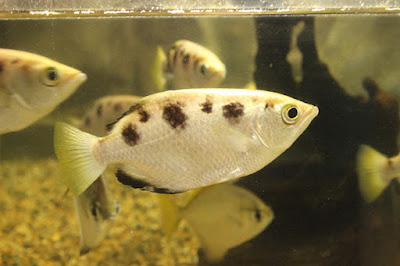Nara Park, or Nara Kouen, is unique in that it has a number of very significant religious, cultural, and historical structures all located within a relatively close proximity. Perhaps the most famous of these structures is the Great Buddha Hall at Todaiji which houses a giant statue of Buddha standing 14.98 meters tall. Both the hall and the statue are designated national treasures.
Another, perhaps equally known feature of Nara Park is that it is densely populated by free-roaming Japanese Sika deer (Cervus nippon). A 2015 study documented a population of 1191 deer living in Nara Park. And although Nara Prefecture says that the deer are “wild”, for the most part they are unafraid of people and can be seen walking among or at least very near to park visitors.
The tameness of the deer can mainly be attributed to the fact that they have been protected by Imperial decree since the 8th Century as messengers of the gods at Nara Park’s Kasuga Shrine.
The deer continue to be protected under modern law as Tennen Kinenbutsu (natural monuments), and this thousand-year coexistence has made the deer quite comfortable with having humans at close range.
Another reason why the deer tolerate human presence, and in fact sometimes seek it, is the handouts they receive from park visitors. Throughout Nara Park, there are vendors hawking shika senbei (“deer crackers” made of rice bran). The crackers are sold in stacks of about 7 or 8 wafers for 150 yen, and feeding shika senbei to the Nara deer has apparently been an activity conducted since the late 1600’s.
The deer are conditioned (perhaps
trained?) to wait until a visitor buys the shika
senbei. Deer standing even
immediately next to a vending stand will not attempt to eat the shika senbei displayed in the
stall. But once a visitor purchases the senbei and takes a step away from the
stall, he becomes fair game as the deer aggressively press forward to beg for
their snack. If visitors are not
careful, the deer may also chew up parts of clothes, ribbons, or even long
hair.
Despite the frequent snacks of shika senbei, the Nara deer diet
consists mainly of the grass and vegetation located within the park. It is said that each deer eats 5 kilograms of
grass per day, and thus Nara Prefecture doesn’t need to spend money on lawnmowers
in the park.
The below group of deer was spotted at
Mountain Wakakusa at the eastern portion of the park. One of the shop owners there had spread out a
bucket of powdery substance – perhaps ground up rice grain? So much for the deer being “wild”.
These
deer seemed to want to do a little souvenir shopping.
It is
said that the male deer in Nara Park live an average life span of 15 years, and
females an average of 20 years. Of the
1191 deer recorded in the 2015 census, 204 were males, 788 females, and 199 were
young calves.
At the time of my visit, it was hard to immediately distinguish the males from the females because the males did not have their antlers. Male deer naturally drop their antlers every winter and regrow a new set in the spring, but since the year 1671, it has been traditional practice at Nara to cut the male antlers in the fall before the mating season to prevent deer-human accidents. The deer live in small herds with one male and a number of females. If you are fortunate enough to see one of the larger herds move through the park, it is quite a sight.
Nara Park deer are not really wild, but since they are not confined, Nara is a great place to get photographs of “wildlife” at close range.
Getting
There
Board the Kintetsu Railway at
the Kintetsu Namba station (this station is located underground like a subway) in
south Osaka and ride the Nara line to the terminal at Kintetsu Nara Station. (This station is also underground.) After arriving at Kintetsu Nara, use the
stairs to get to street level. There
will be a wide, multi-laned road in front of you running east to west. Turn to the right and walk along this street
in the east direction (the direction that goes slightly upslope), and, within
walking about 100 meters, you should start to see parts of the park on the
right side of the street. Once you start
seeing grassy areas, you will soon thereafter see the deer. There is no admission fee to enter the larger
park area, but there are entrance fees for each of the Buddhist temples and
Shinto shrines. But if you only want to engage the deer, it will only cost you
the price of a stack of shika senbei.
(Note:
All photos taken in this post were taken during a visit on March 27, 2016. The comments in this post are based on
observations made on that day.
Conditions may have since changed.
Please check it out for yourself!)











































































